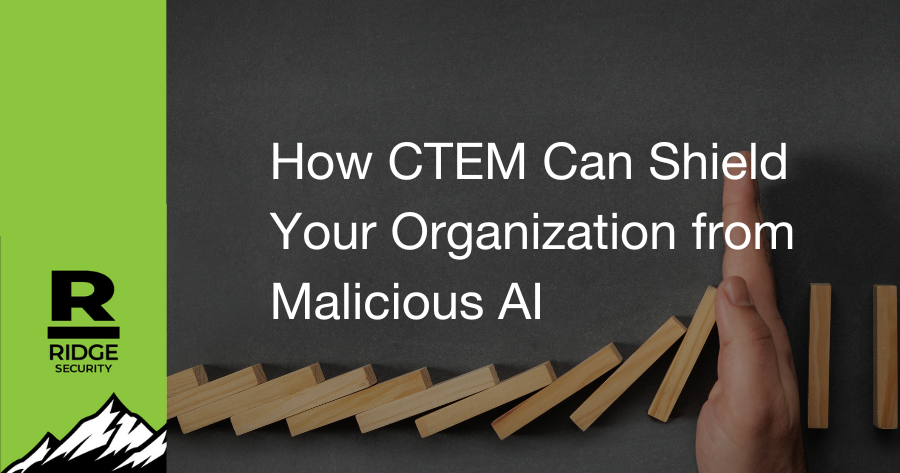Artificial intelligence has revolutionized many aspects of our lives, from communication and entertainment to education and healthcare. However, not all AI applications are benign. Some malicious actors use AI to create harmful content, such as malware, phishing, and identity theft. Thanks to the advances in large language models (LLMs), a form of generative AI, these threats are becoming more sophisticated and harder to detect.
LLMs are AI systems that generate natural language trained on massive amounts of Internet data. Their deep learning capabilities understand and use the data to generate text similar to human-produced content. Bad actors use LLMs to produce realistic, coherent text to fool human readers and bypass traditional security measures.
Some examples of malicious LLMs:
- WormGPT – A malware generator that can create custom code for targeted attacks.
- FraudGPT – A phishing tool that can mimic the writing style of legitimate entities and persuade victims to reveal sensitive information or pay ransom.
- PoisonGPT – A data poisoning tool that can inject malicious texts into online platforms and influence their outputs.
- Fox8 botnet – A compromised device network that can generate and spread fake news and propaganda.
- XXXGPT and Wolf GPT – Adult content generators that can create realistic images and videos of non-consenting individuals.
- DarkBERT and DarkBART – Text summarizers that can distort or omit important information from original sources.
As LLMs become more accessible and powerful, the risks of abuse will undoubtedly increase. Therefore, organizations should adopt a proactive and comprehensive approach to protect themselves from malicious AI.
One such approach is Continuous Threat Exposure Management (CTEM). CTEM is a framework that enables organizations to evaluate the vulnerability of their physical and digital assets continually and consistently. CTEM aims to establish well-defined security and risk management strategies that align with business objectives. Organizations can enhance their overall security posture by continuously minimizing risk, improving resilience, and promoting collaboration.
CTEM is not a one-size-fits-all solution. Each organization tailors CTEM to its specific needs and context. However, some general best practices for CTEM are:
- Using advanced bot detection systems to identify and block malicious LLM-generated content
- Training employees and customers on how to spot and report suspicious or fraudulent texts
- Conducting regular security audits and updates to patch any vulnerabilities or misconfigurations
- Collaborating with other organizations and experts to share information and insights on LLM threats
- Adopting ethical and responsible AI principles to prevent unintended or harmful consequences of LLM use
Malicious LLMs pose a serious challenge to cybersecurity. However, by adopting CTEM as a framework for managing cyber risks, organizations can protect themselves from LLM-based fraud, malware, misinformation, and other threats. CTEM can help organizations achieve long-term and sustainable cyber resilience in the face of evolving AI capabilities.
Learn how Ridge Security supports all five stages of a CTEM program.
